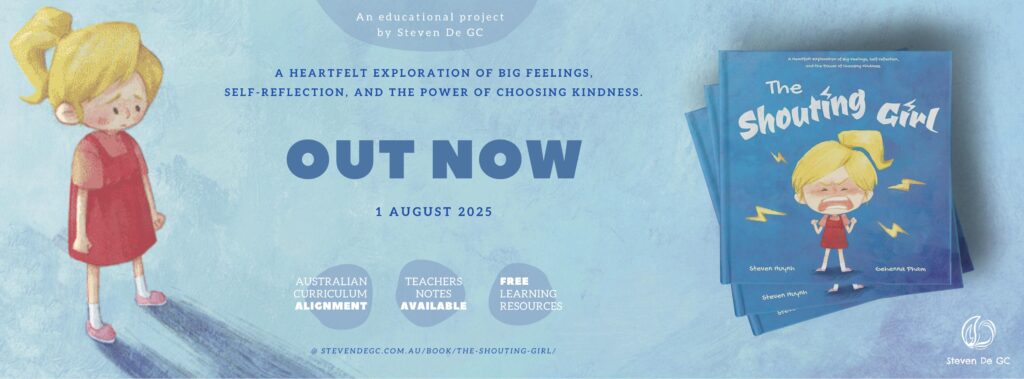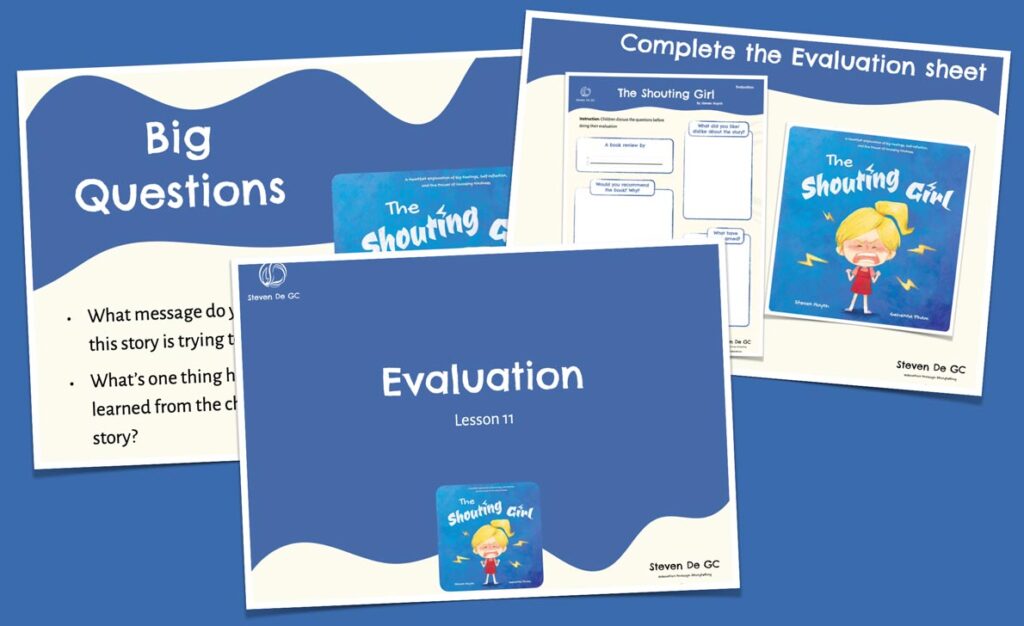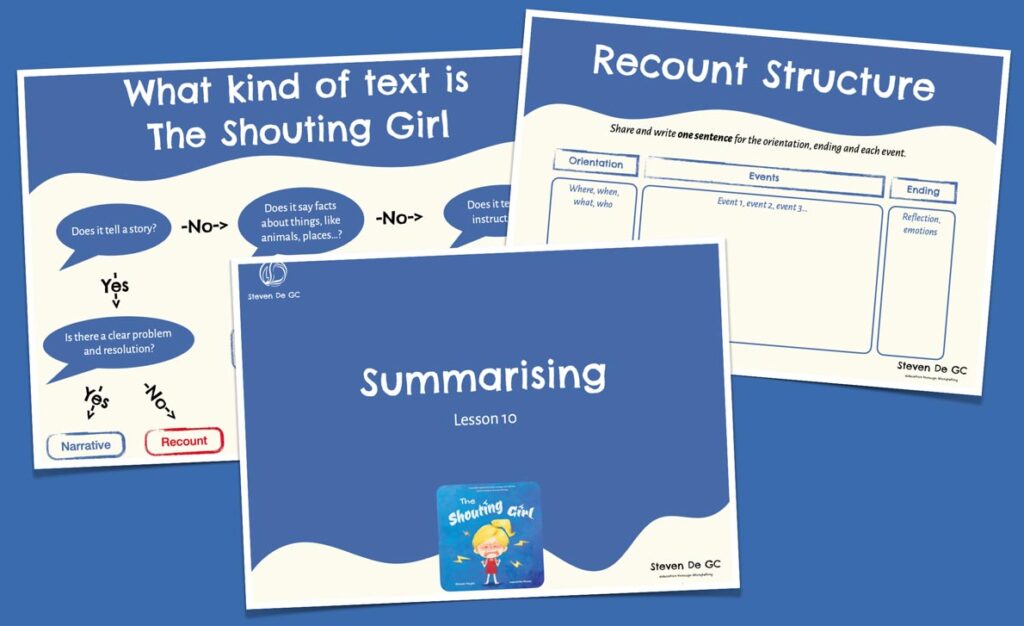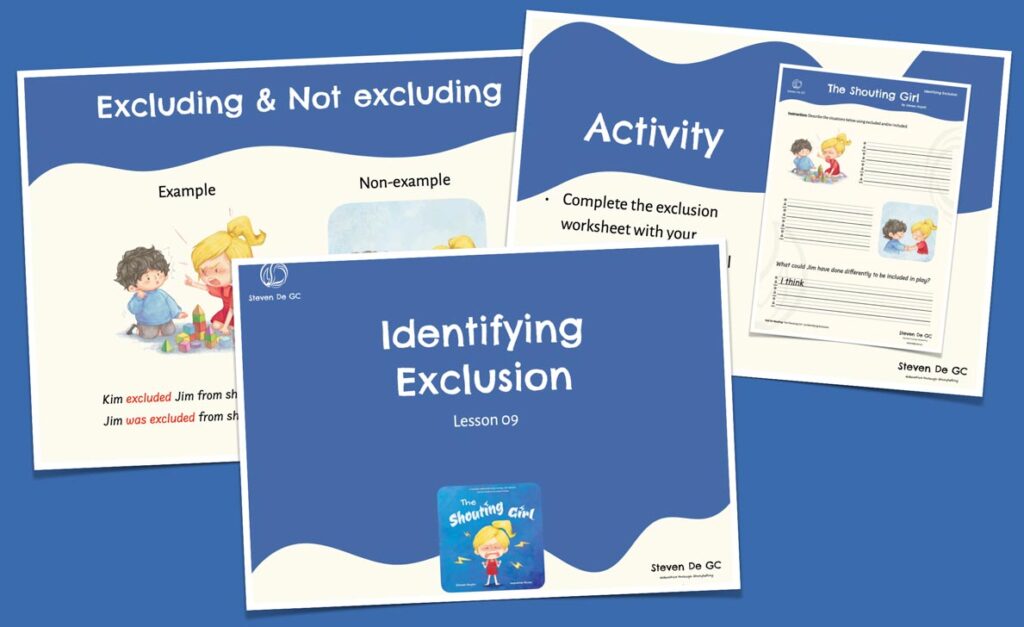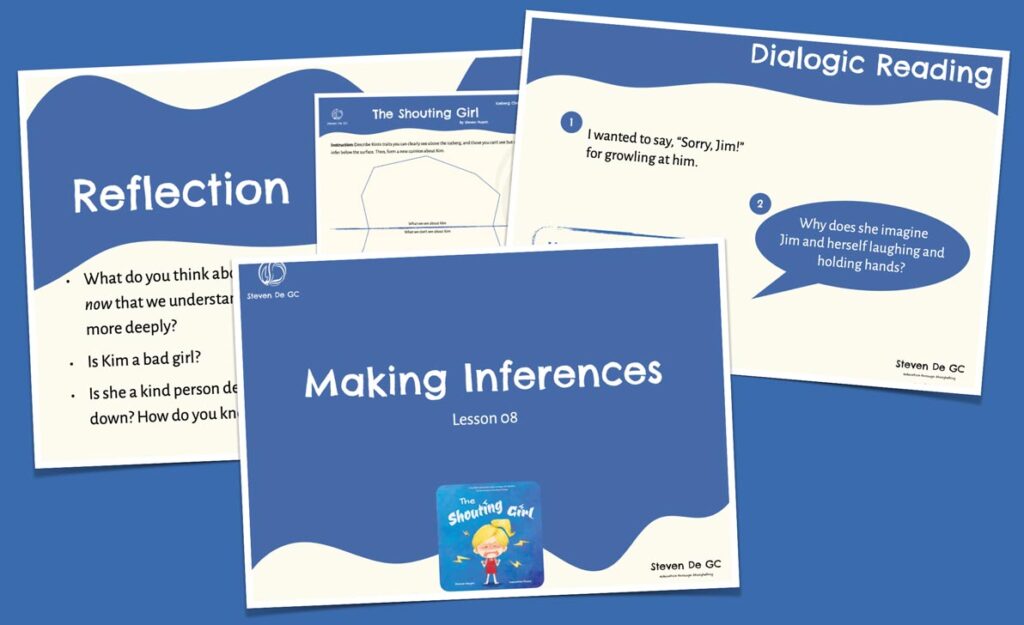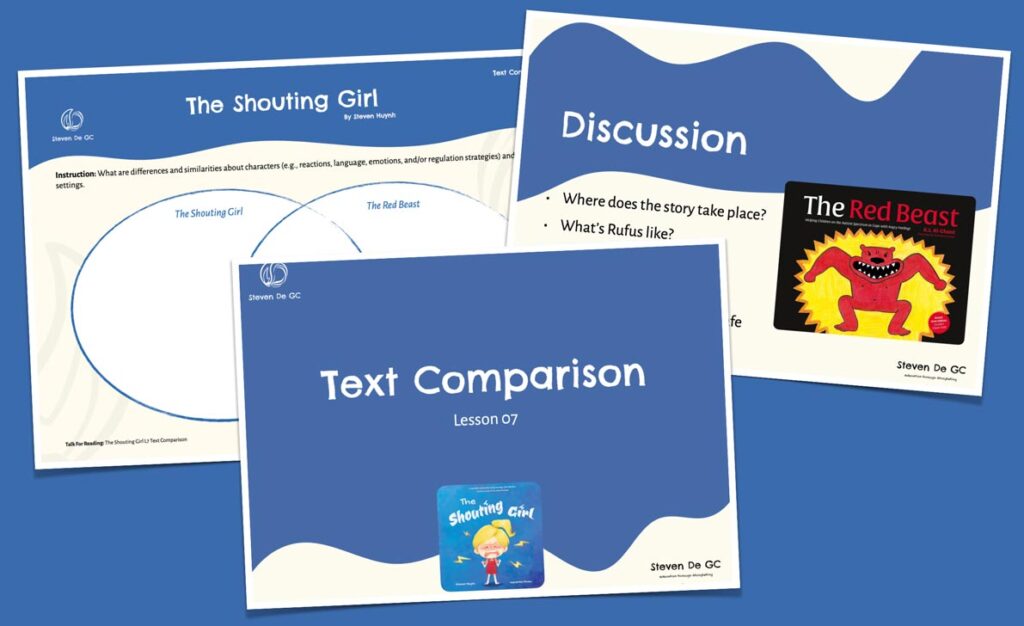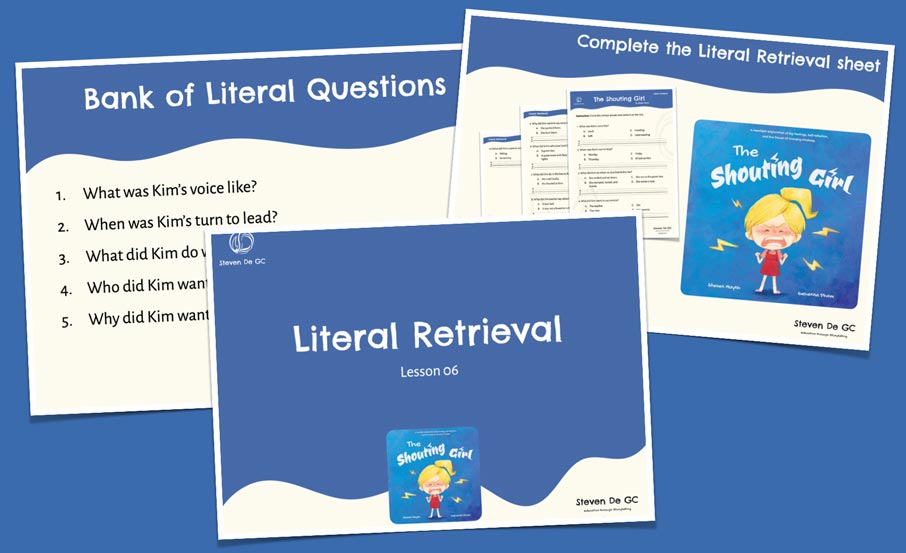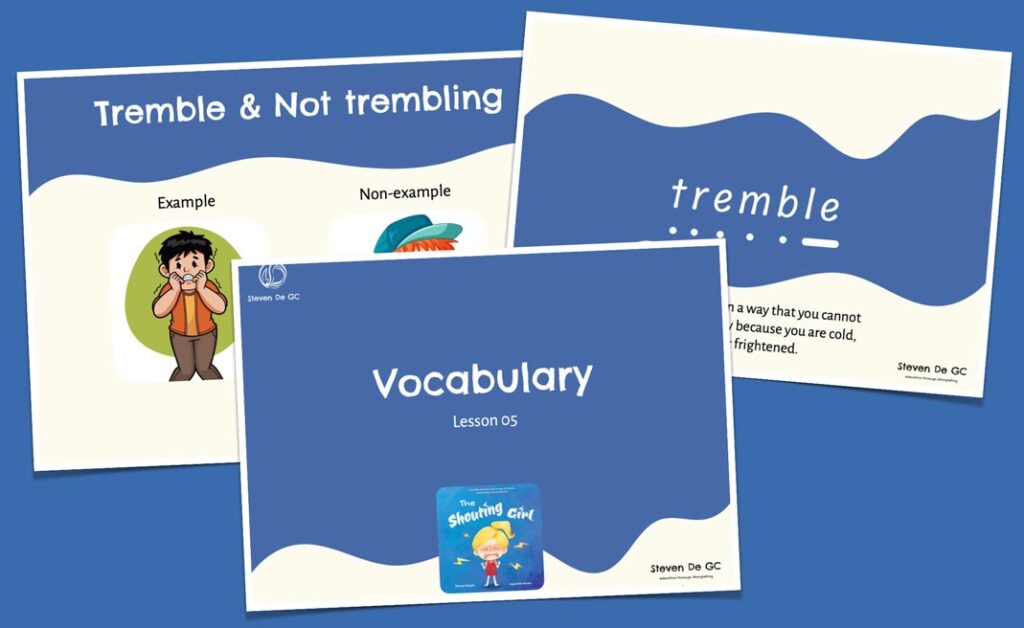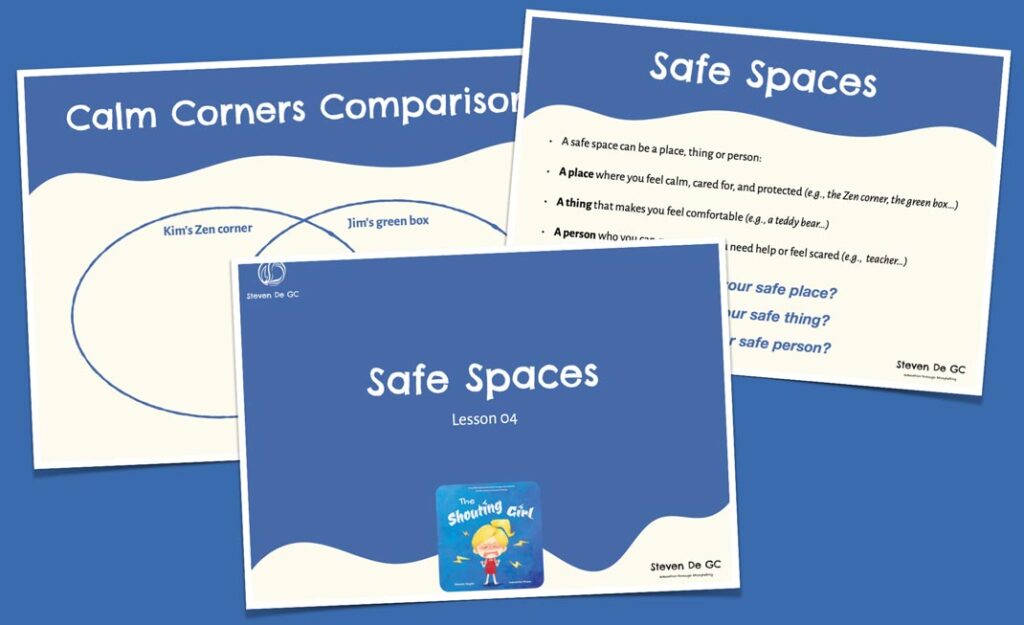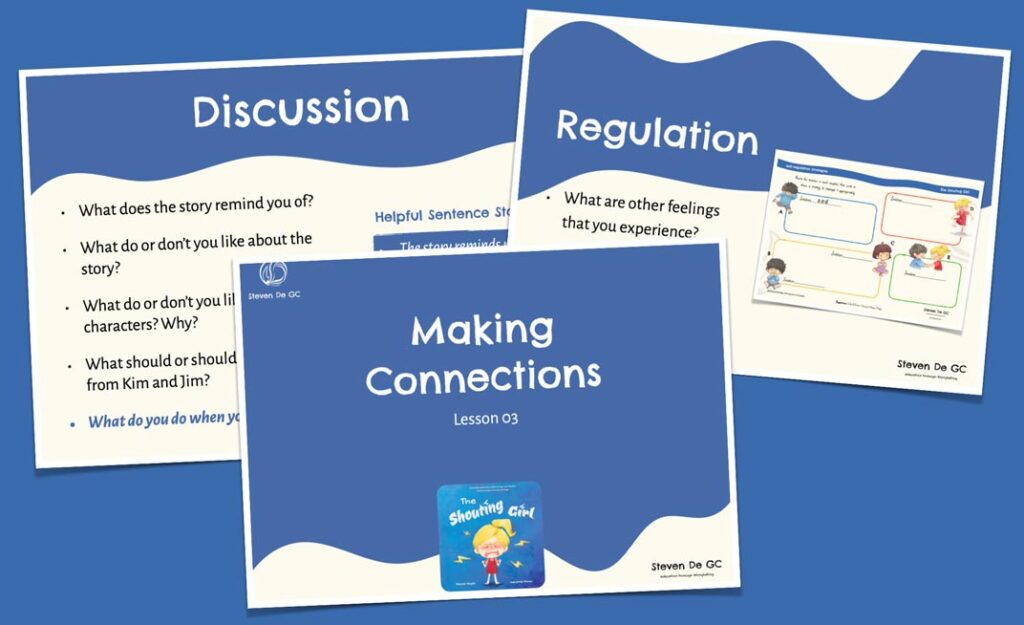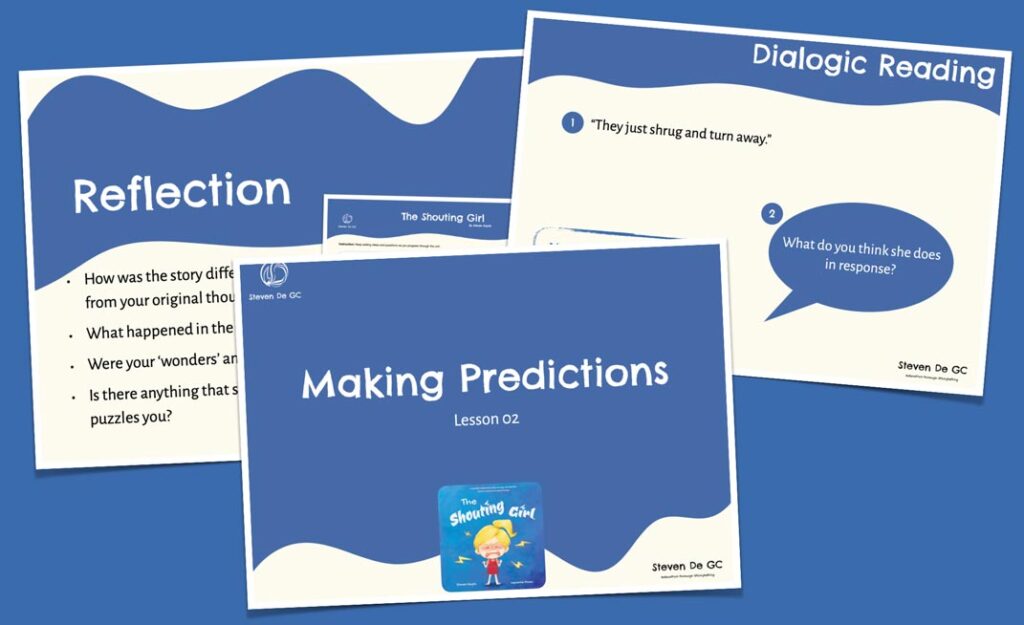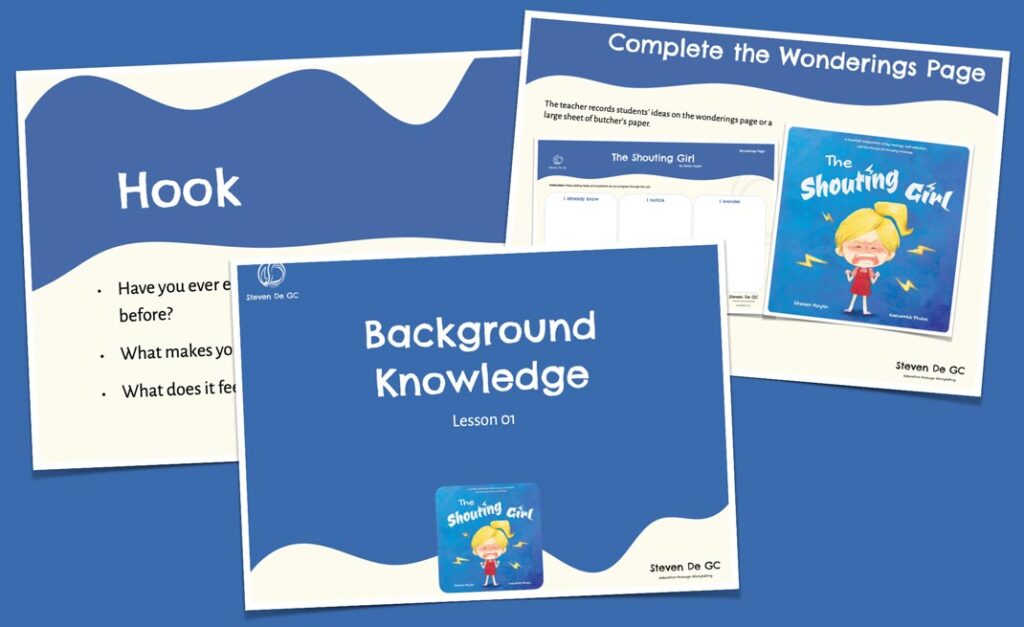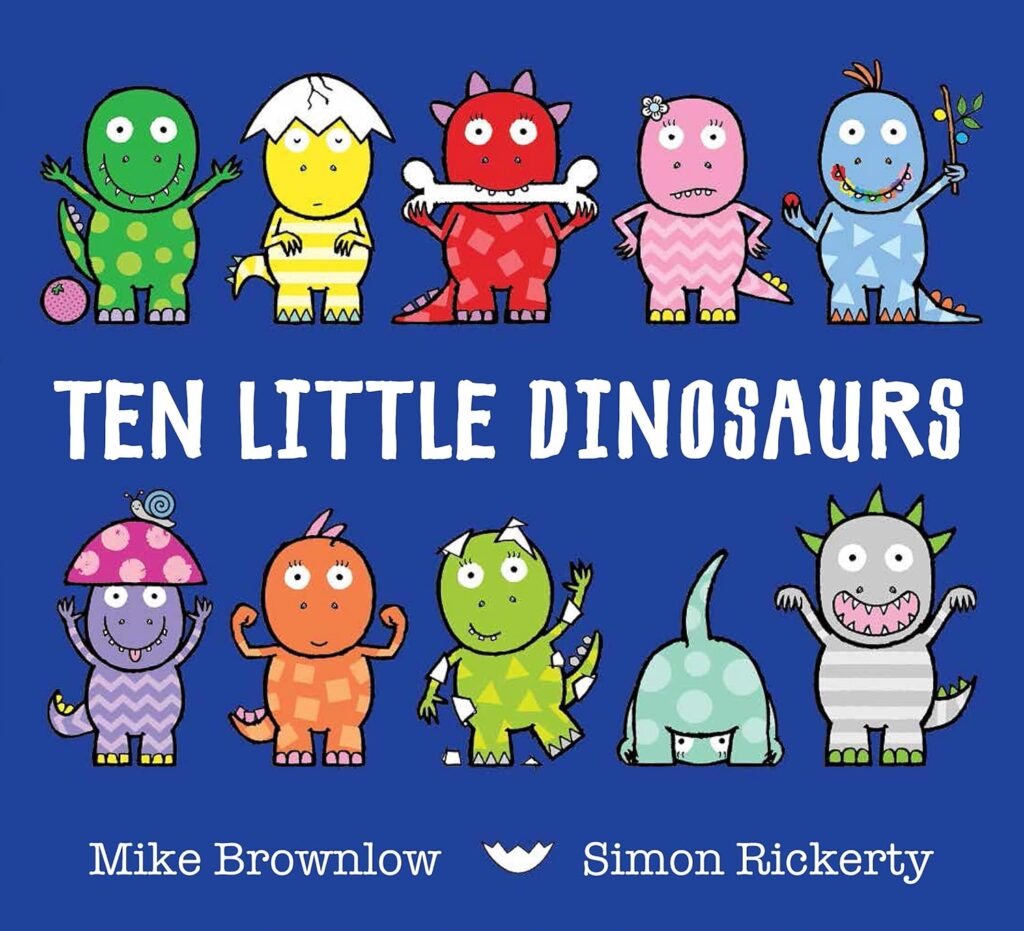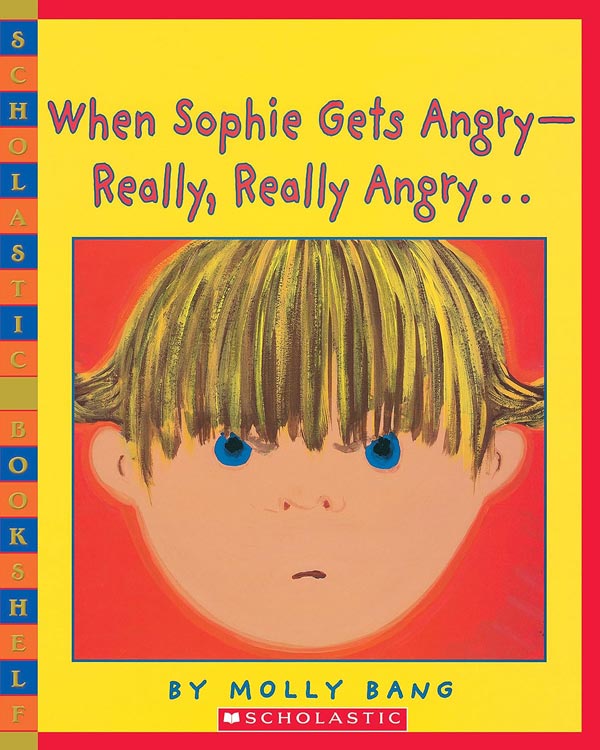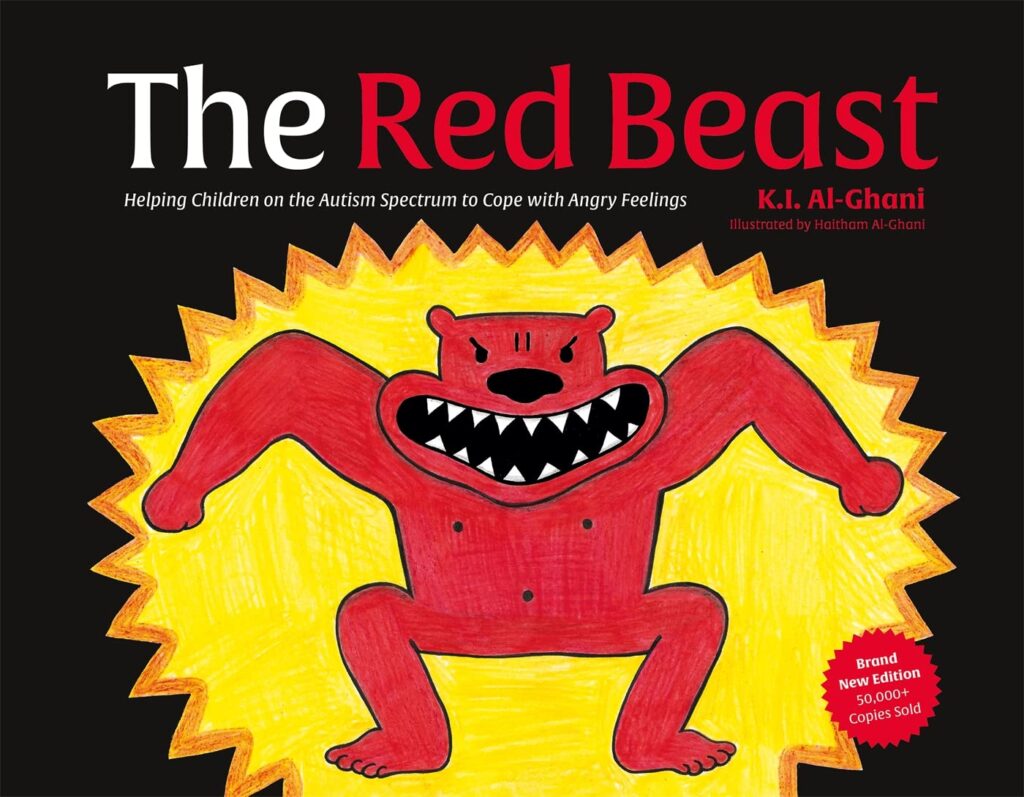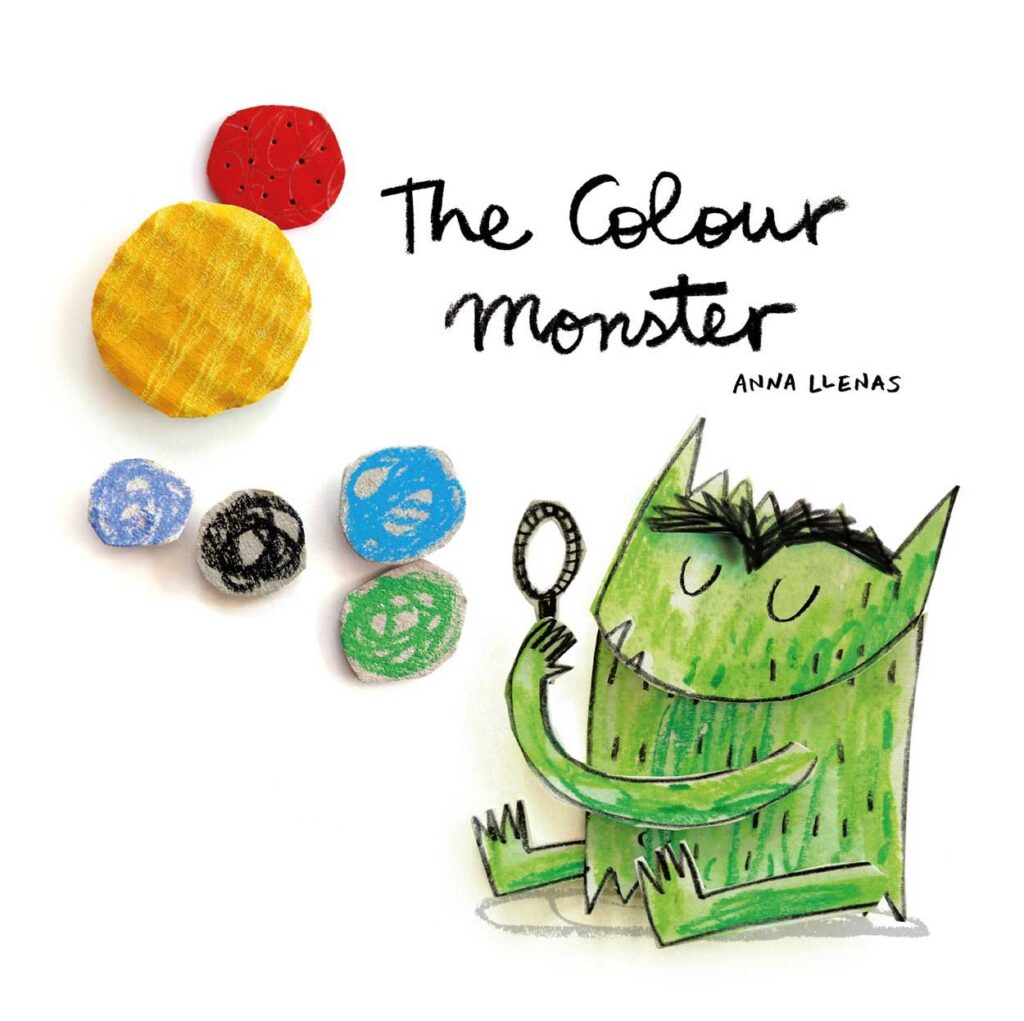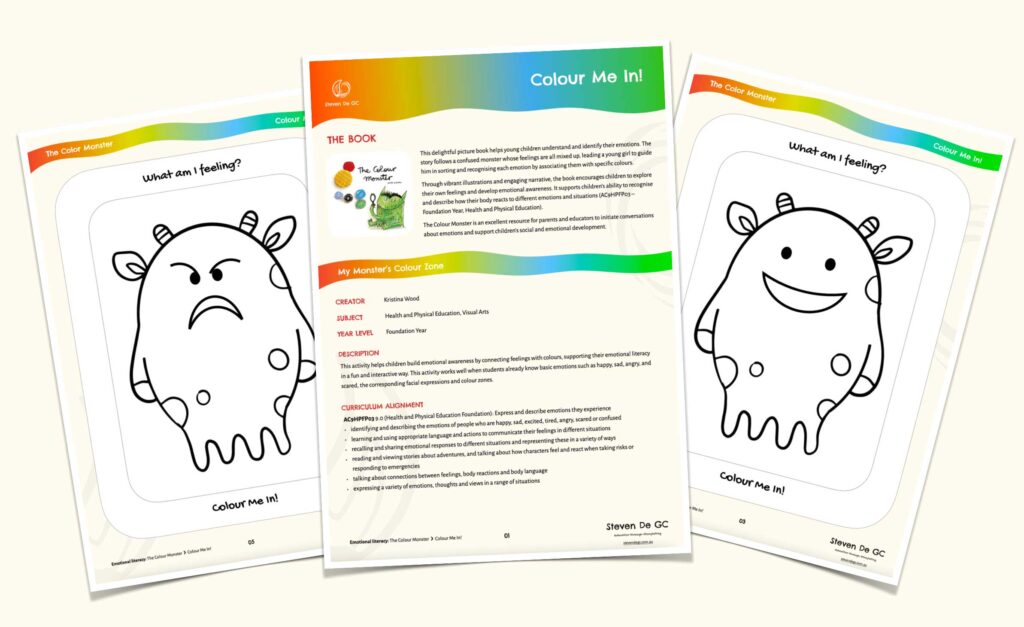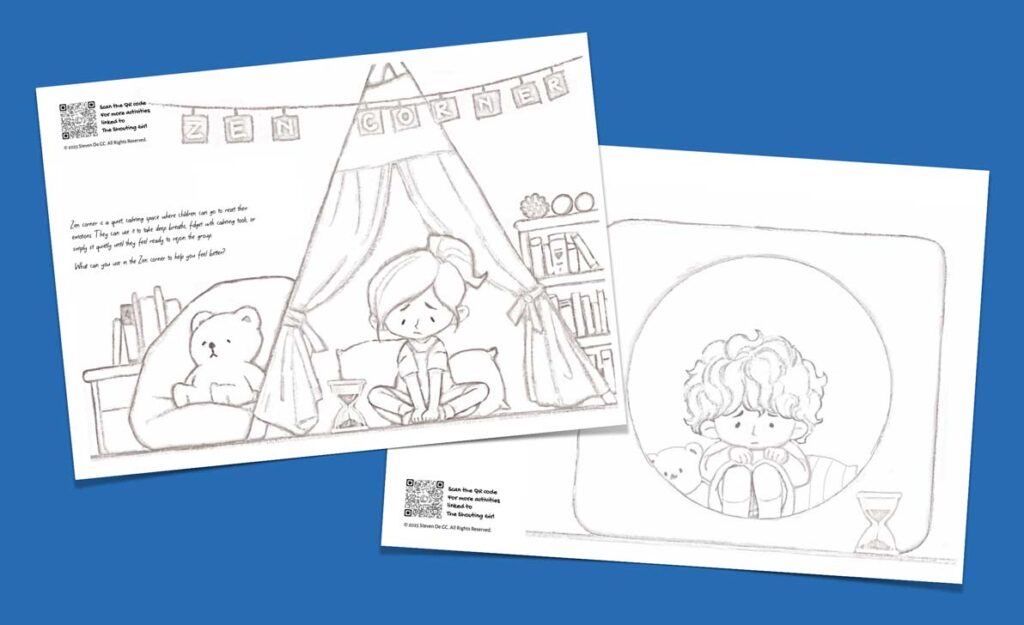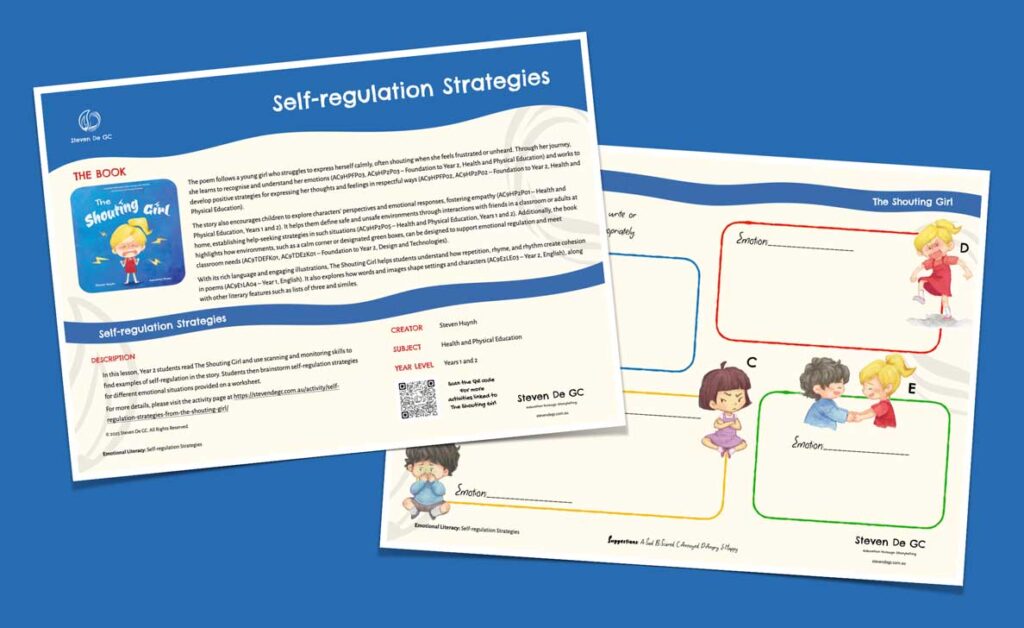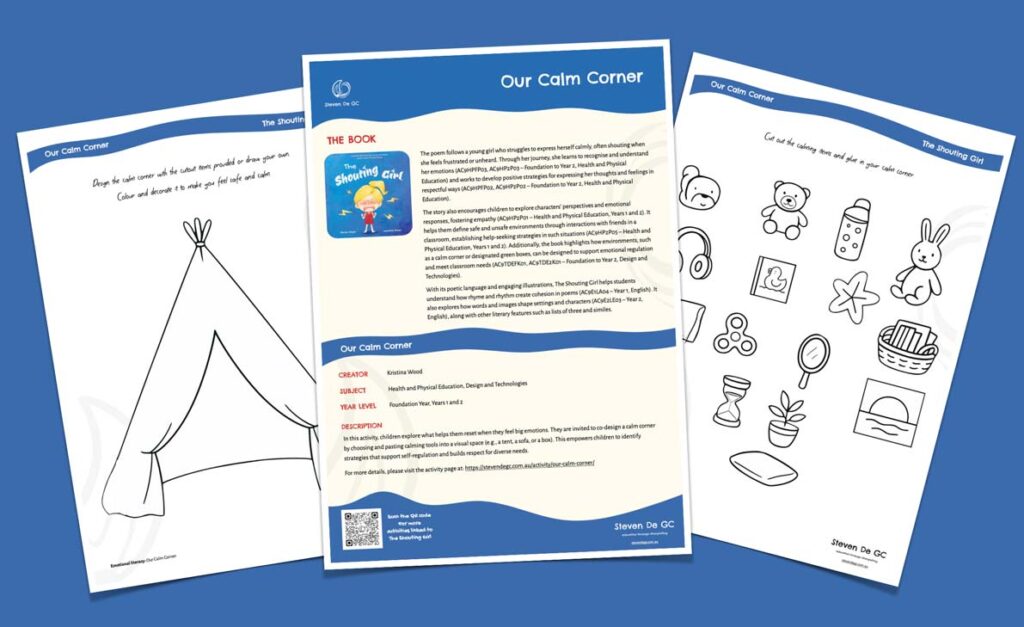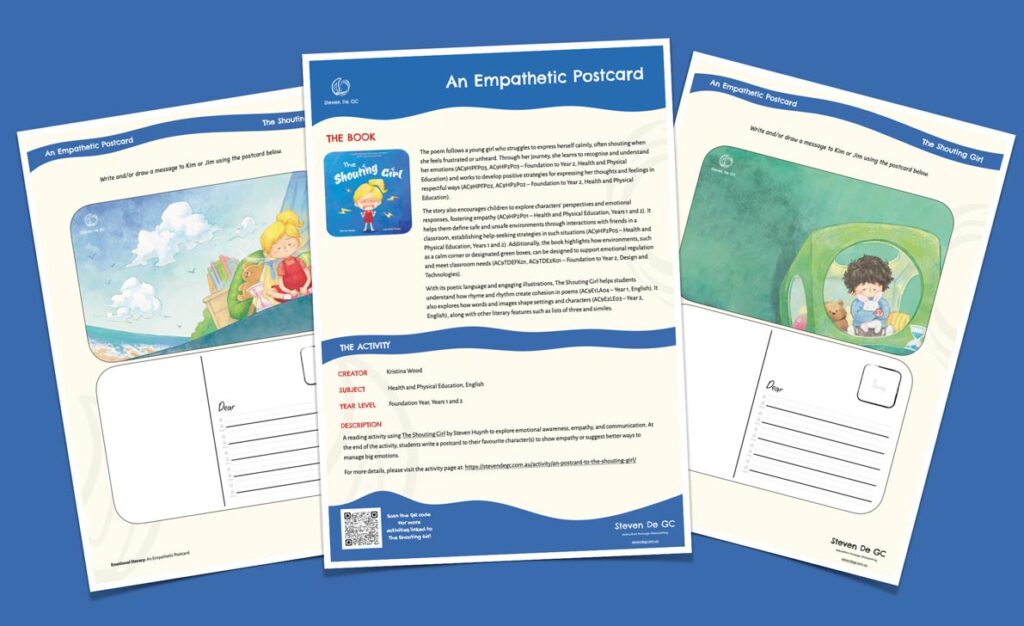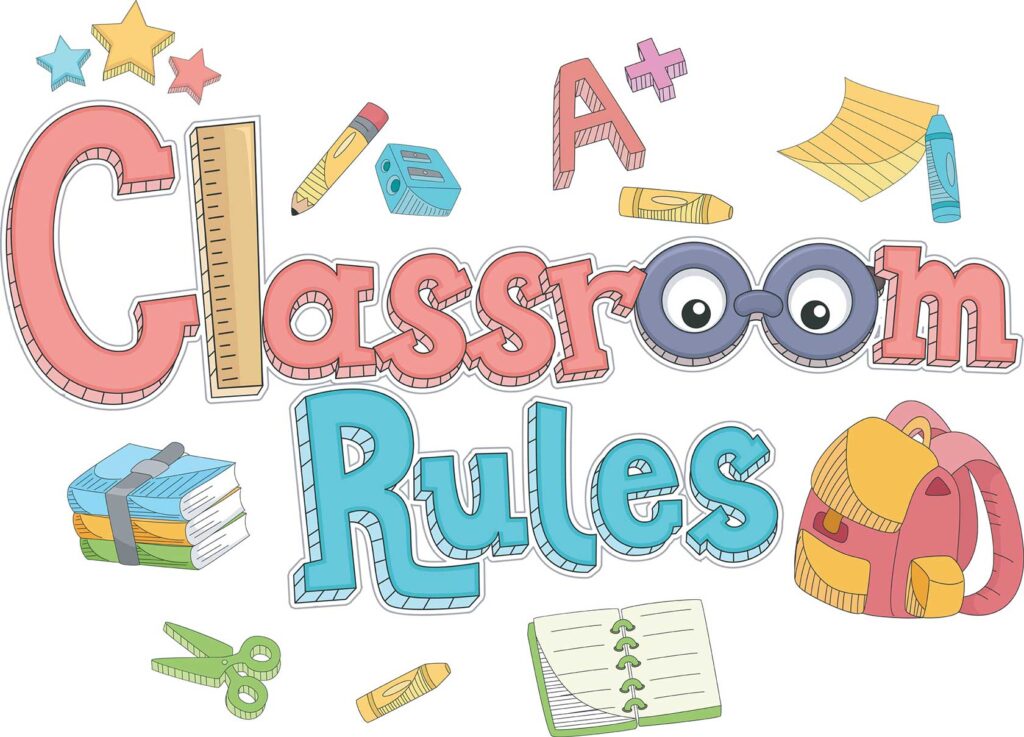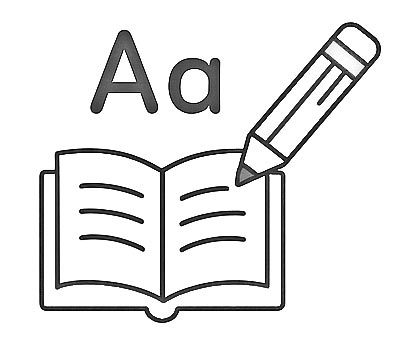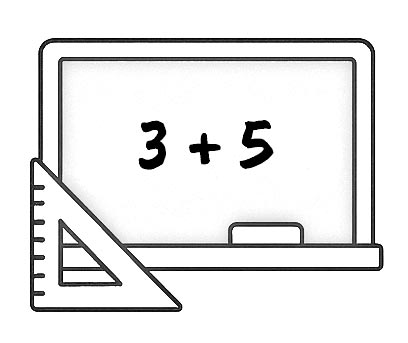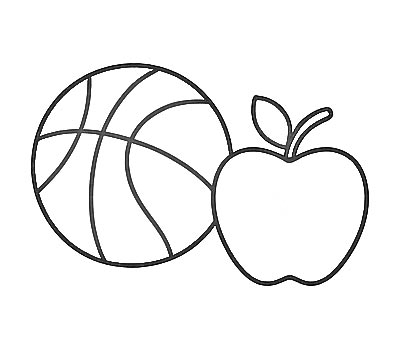We feature children’s books aligned to the Australian Curriculum, with linked resources to support learning.
UNIT OF THE MONTH
Explore this engaging Talk for Reading unit for Year 2 using The Shouting Girl by Steven Huynh. Build comprehension and emotional literacy through predicting, inferring, and connecting with characters. Aligned with the Australian Curriculum.
LATEST BOOKS
-
Written by Steven Huynh
Illustrated by Gehenna Pham
Theme/topic: Emotion recognition, Emotional regulation, Inclusion, Recount, Rhyme, and Vocabulary expansion
FEATURED ACTIVITIES
Explore by year level
$5 Off First Order + 5% Off After
Become a free registered member and get access to exclusive discounts, resources, and a community of like-minded educators.
Not sure yet? See what you’ll get: Member benefits
DISCOVER OUR EDUCATORS’ READING
-

Forming an Effective Talk For Reading Unit
By Steven Huynh 10/09/2025
Discover how a text’s literary features, reading skills, and the curriculum come together to form a complete Talk for Reading unit.
-
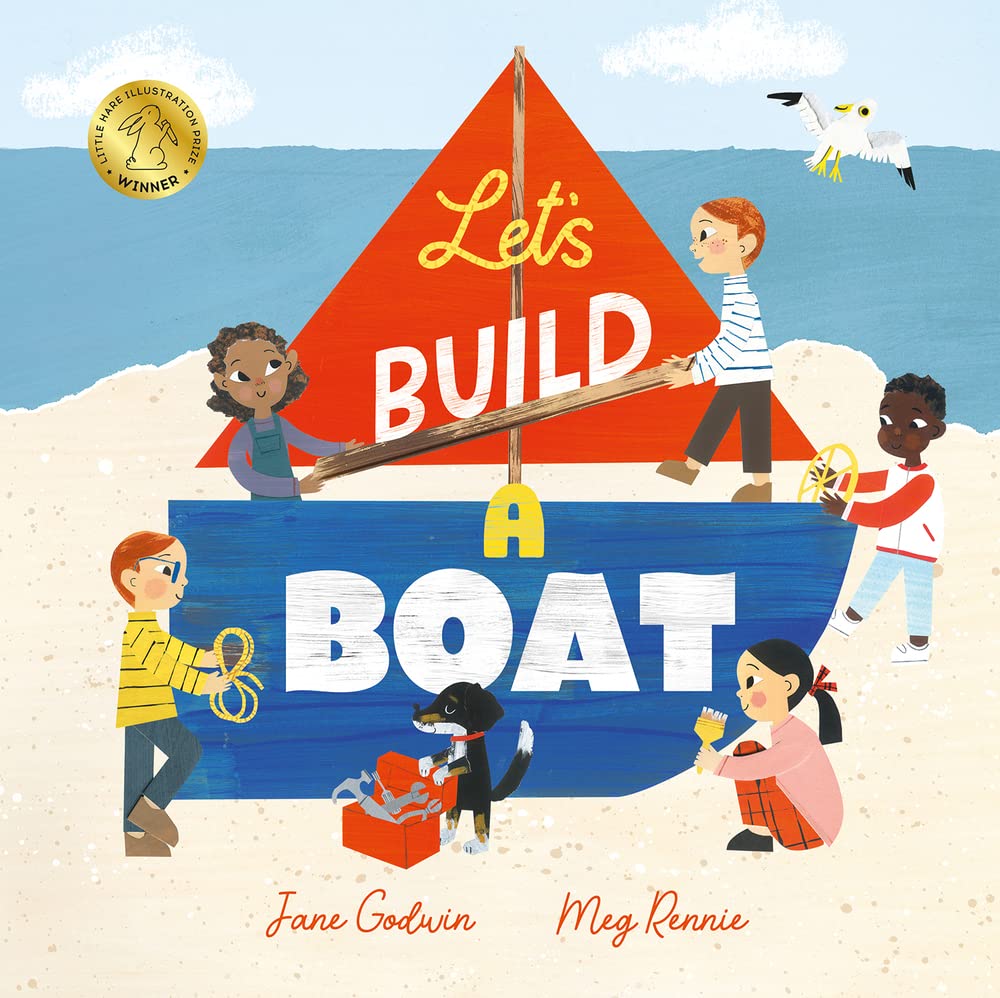
Planning a T4R Unit for Let’s Build a Boat For Years 1/2
By Kristina Wood 10/09/2025
Plan a T4R unit for Let’s Build a Boat. Blend literacy, design, testing, and engineering with collaborative benefits in fun Year 1/2 classroom lessons.
-
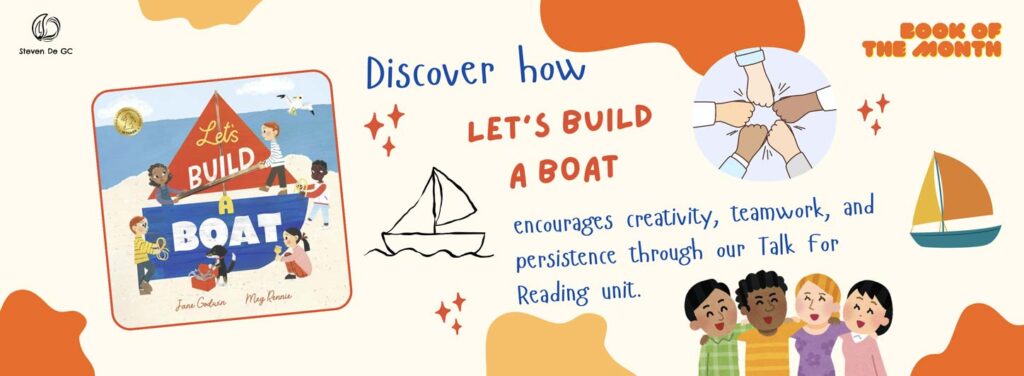
Teaching Ideas for Let’s Build a Boat for Year 1
By Steven Huynh 09/09/2025
Teaching ideas for Let’s Build a Boat by Jane Godwin. Explore teamwork, design, testing, and engineering in fun Year 1/2 literacy and STEM lessons.
-

Selecting a Quality Text to Teach Big Emotions in Year 2 (Case Study)
By Kristina Wood 08/09/2025
Explore how The Shouting Girl, a powerful text about big emotions, are chosen to teach Year 2 students to empathise, identify, and express emotions.
-
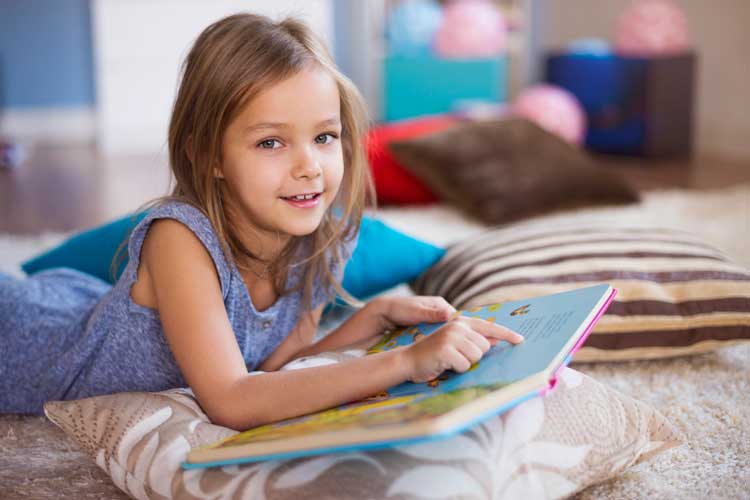
Essential Reading Skills for Early Years Students
By Steven Huynh 03/09/2025
By the end of Year 2, students develop key reading skills that support comprehension and fluency. Explore these skills and how they help foster these abilities.
-
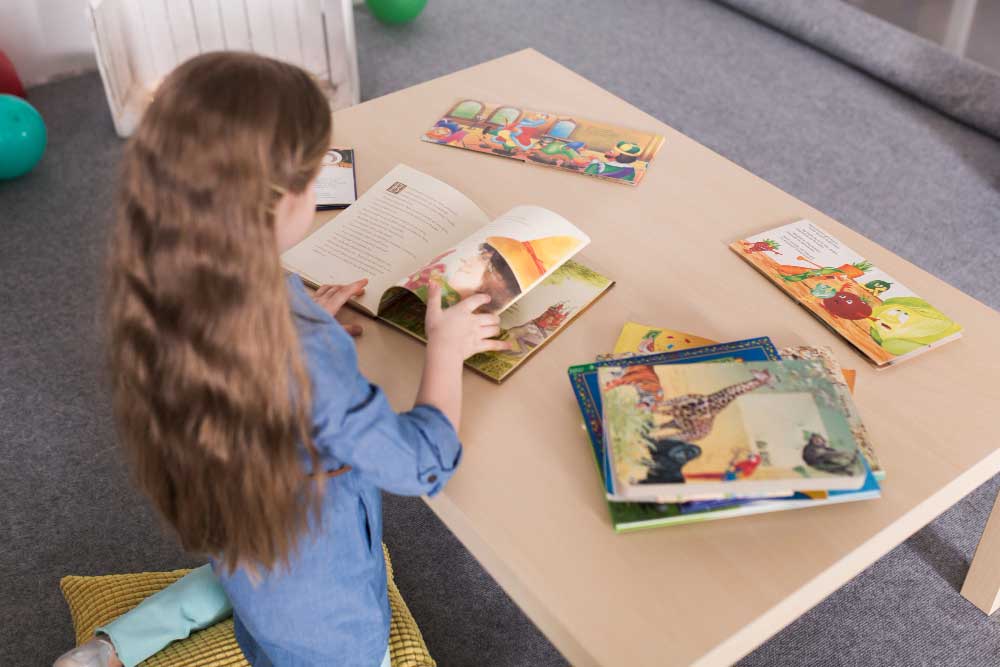
Selecting Quality Texts for Effective Early Years Reading
By Steven Huynh 03/09/2025
Learn how to select quality texts for early year literacy. Explore engagement factors and literary elements to enhance your planning.
-
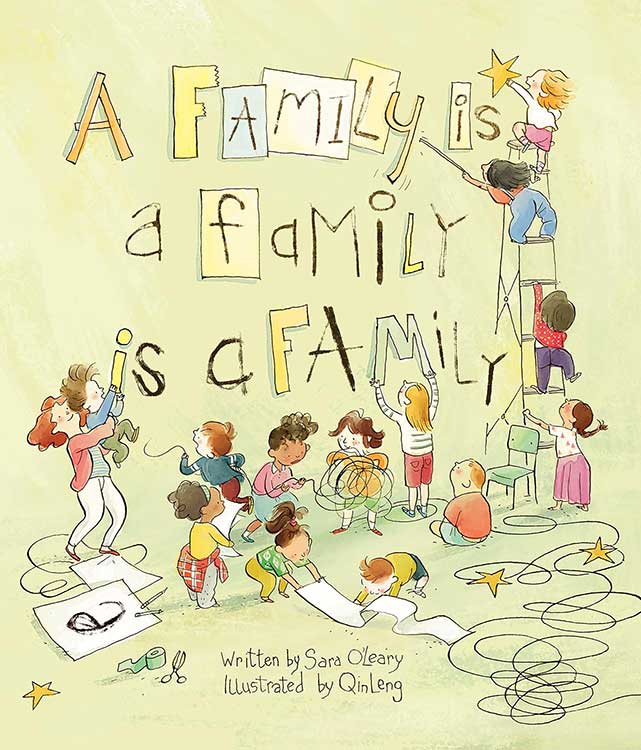
Selecting a Quality Text for Foundation Year’s Family Unit (Case Study)
By Steven Huynh 03/09/2025
Discover how A Family is a Family is a Family enriches early literacy through Talk For Reading, discussing family diversity and love in Foundation Year.
-
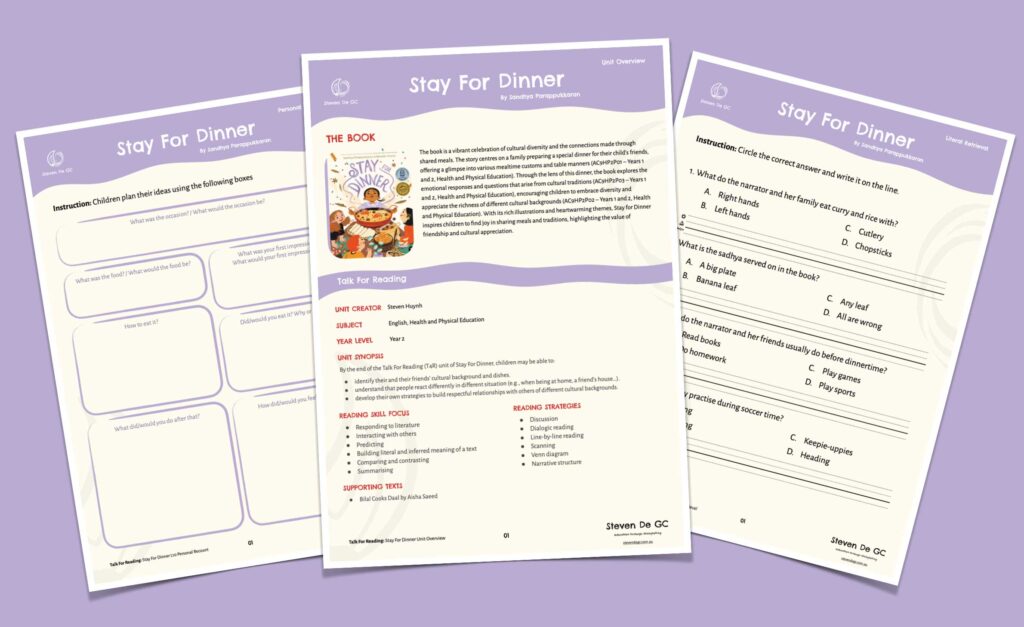
What is Talk For Reading and Why Talk For Reading?
By Steven Huynh 03/09/2025
Discover how Talk For Reading enhances early childhood literacy through storytelling, discussion, and hands-on learning in Foundation to Year 2 Australian classrooms.


